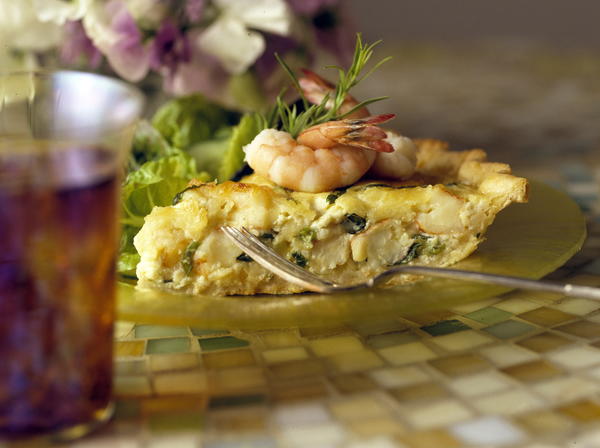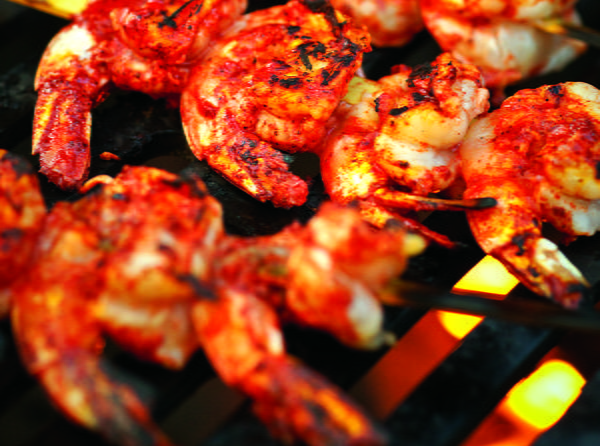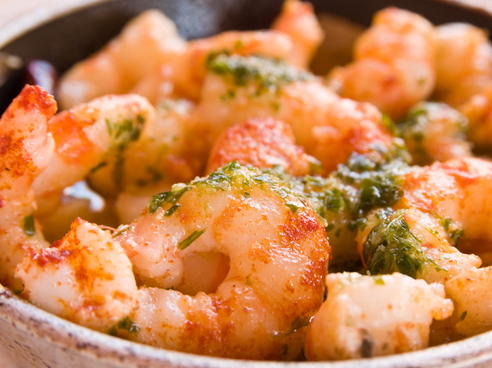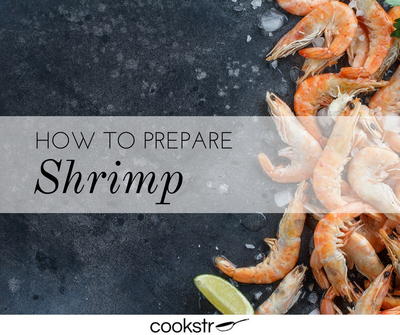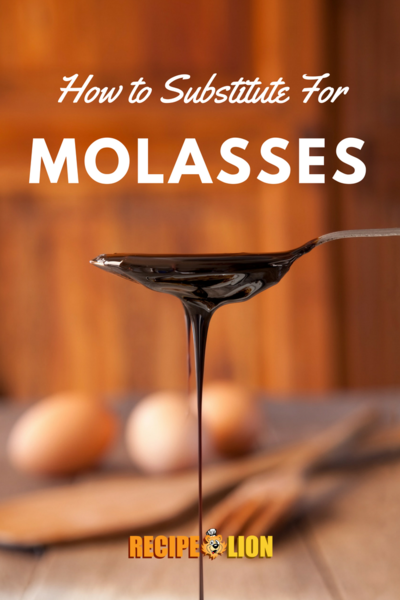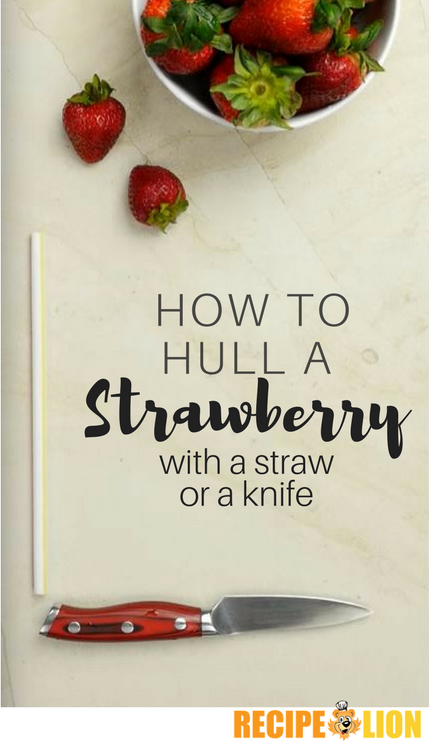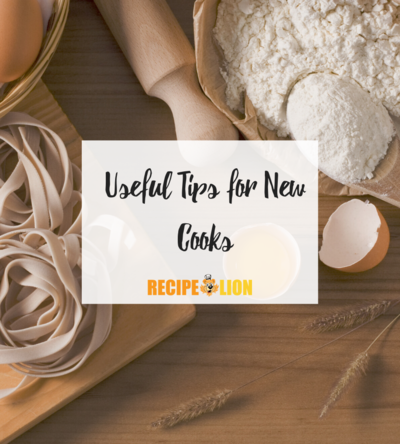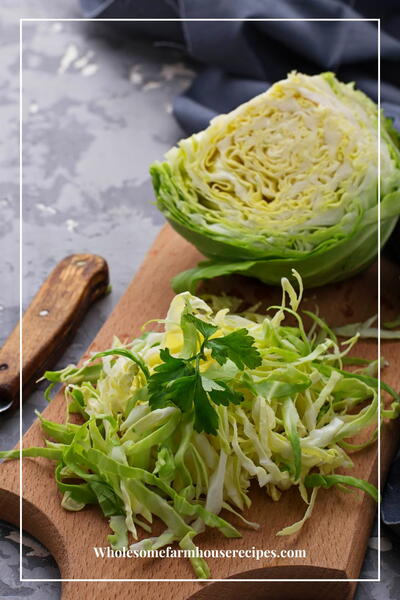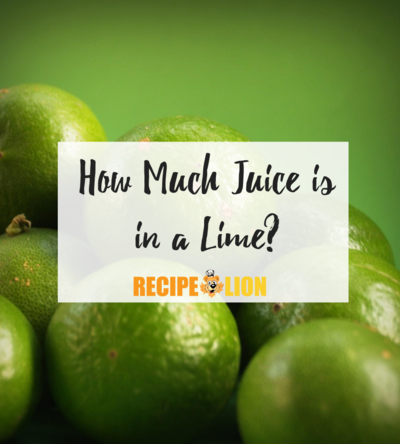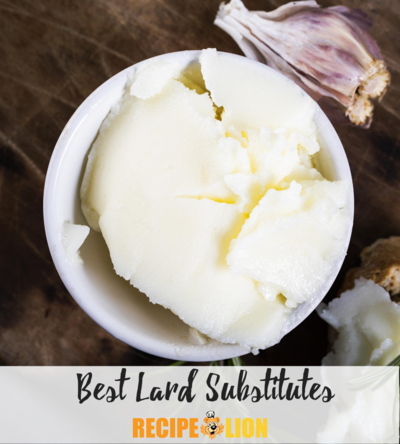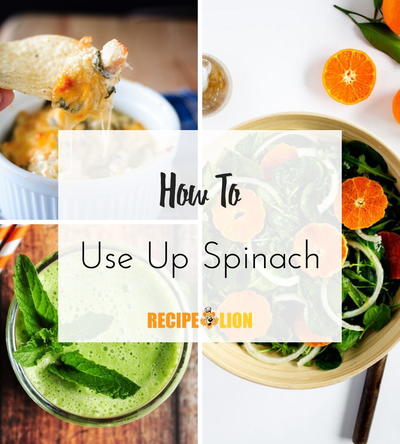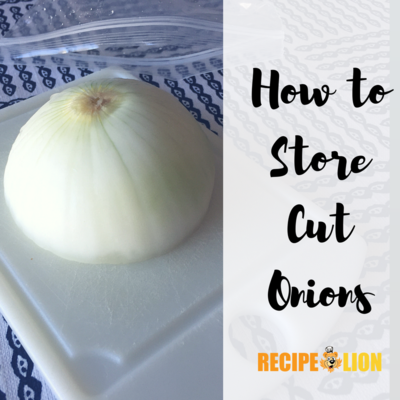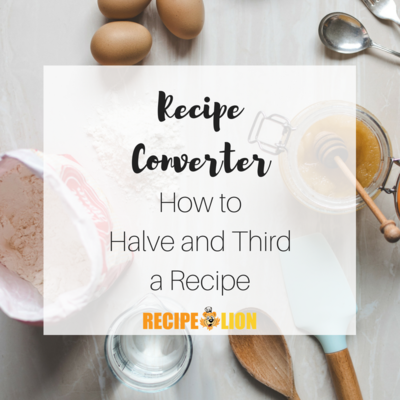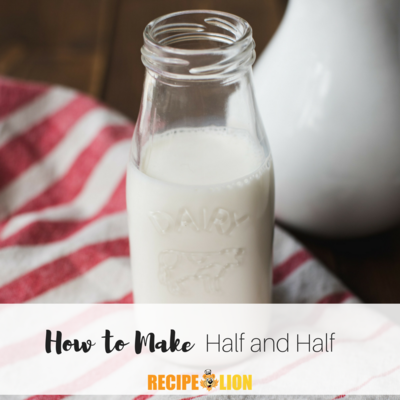How to Prepare Shrimp

Whether you're making shrimp cocktail or cooking it in a dish like shrimp scampi, shrimp is delicious... if prepared properly! As with a lot of seafood recipes, cooking with shrimp means paying extra attention to the freshness and preparation of the food for both optimum flavor and food safety.
There are basically three things to do in order to properly and safely prepare shrimp. First is to check for freshness; shrimp can go bad on a dime, so paying extra attention to this factor is key for safety. Second, knowing how to peel the shrimp is essential. No matter what shrimp dish you're making, no one wants to accidentally bite into that hard shell; don't worry, though, they come off pretty easily. And lastly, deveining the shrimp is often preferred. You can pretty easily buy shrimp that has already had the vein removed, but if you're doing all of the preparation yourself, this is something to consider.
For shrimp fans and seafood novices alike, this guide for How to Prepare Shrimp is a must-have. Whether you're entertaining guests or making a warm, delicious shrimp dinner, here's everything you need to know:
What You Need
1. Shrimp
2. Paring knife or kitchen scissors
3. Deveining knife (optional)
4. Two bowls
How to Tell If Your Shrimp is Fresh
1. Smell the shrimp: They should not have a fishy smell to them. This is an indication that the shrimp are no longer good and should be avoided.
2. Check the color: Uncooked, fresh shrimp should be gray or pinkish-white.
3. Give it a squeeze: If the shrimp is noticeably squishy, it's probably old and shouldn't be eaten.
4. Check the date: If you bought the shrimp uncooked, you should probably eat it within two days of purchase. Cooked shrimp is fine for up to a week, and frozen shrimp may last several months.
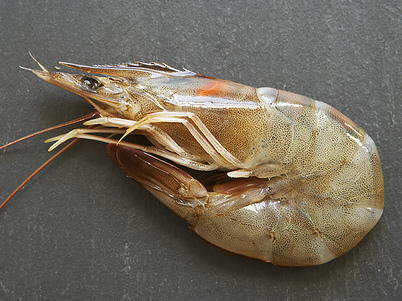
How to Wash and Peel Shrimp
Step 1:
Place the shrimp in a strainer and rinse with cool water.
Step 2:
Pull out the legs of the shrimp. Some people like to keep the legs on the shrimp, and they're totally safe to eat, but it isn't common.
Step 3:
If you're peeling by hand — simply peel the shell open from the bottom side (or underside) of the shrimp. Then slowly work out and up, pushing your fingers under the shell until it all slides off.
If you're peeling with kitchen scissors — start at the top of the shrimp. Make a small incision with the scissors in the center of the peel and cut back along the outer ridge of the shrimp. Then use your fingers to pull the shell off.
Step 4:
Remove the tail of the shrimp. Again, this part is not necessary, but it might be preferred, depending on the recipe that you're using. For dishes like shrimp and pasta, you'll probably want to remove the tail, whereas, with shrimp cocktail, many people prefer to leave the tail on.
How to Devein Shrimp
Step 1:
Once your shrimp are washed and peeled, take a small knife and carefully make an incision along the back of the shrimp until you see the vein.
Note: There are special deveining knives that are made specifically for deveining shrimp, but if you don't have one, a simple paring knife or any small, sharp knife should work just fine.
Step 2:
Make sure the vein is visible and cut the entire length of the shrimp. The vein will look like a narrow brownish-black line.
Step 3:
Gently slide the tip of the knife underneath the vein and remove it. It's important not to rush this step; if you remove the vein too quickly, it can break, making the whole deveining process more difficult.
Step 4:
Once the vein is partially out of the back of the shrimp, you can simply use your fingers to remove the rest.
Set the vein aside, and your shrimp is ready for cooking!
Do You Even Have to Devein Shrimp?
While peeling your shrimp is definitely necessary for an enjoyable culinary experience, do you have to devein shrimp?
The short answer is no. Eating the "vein" of the shrimp is perfectly fine; however, you should still consider deveining your shrimp for a couple reasons.
1. It's literally poop. The "vein" of the shrimp is actually the intestine of the shrimp, which means the dark brown part is... well, you get the picture.
2. It can change the flavor of the dish. You might not notice a drastic difference at first, but after a few bites, you (and your company) might notice a less-than-fresh flavor.
3. It depends on the size. The larger the shrimp is, the more likely you are to taste a difference with the vein in.
Shrimp Recipes to Try
What's your favorite shrimp dish?
Let us know in the comments!


